Honey producers are reluctant to put a price on the impact that two poor nectar summers, crippling disease and rising demand for home-grown honey is having on the market.
But value sales are up 9.2% at Rowse, the UK's biggest honey packer, while Premier has put 13.3% on the value of its Gales brand [SymphonyIRI]. That is against a massive global decline in honey bee populations, which saw the American honey crop alone fall by 12% last year.
As there is no spot price for honey, exact raw material figures are difficult to come by, but David Bondi, MD for Rowse, which buys from between 20 and 30 UK suppliers and imports from many more describes the increase as "substantial". He says the fact that value sales have risen sharply on flat volumes is good news and should move the product permanently out of the commodity price bracket.
"We would hope they stay at this level. Previously honey has been undervalued." Given consumers are clearly prepared to invest particularly in English and varietal honey Bondi remains frustrated at the level of support retailers are prepared to give it: "If you look at the total spreads market, honey is about 25% but it doesn't get 25% shelf space," he says.
Only 10% of honey consumed in the UK is produced here, but that is changing, partly because of consumer interest in the plight of bees, which have been hit by varroa mite and European Foul Brood disease as well as environmental changes.
"A lot of people have tried English honey now and realised it tastes different and better," says Bee Farmers' Association secretary John Howat. Scottish heather honey bees appear to have suffered worse than their English counterparts this year, indicating further price rises might be on the way.
Focus On Breakfast
Sign in to comment on this article
Not logged in before? Register for FREE guest access today.
You will be able to:
- Read more stories
- Receive daily newsletters
- Comment on stories
Advert


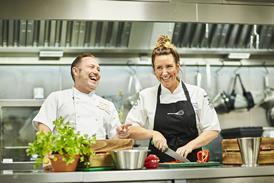

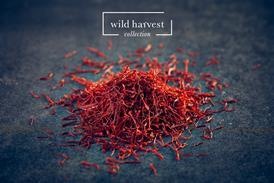



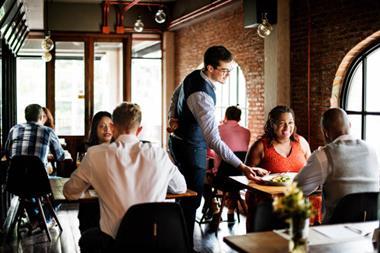
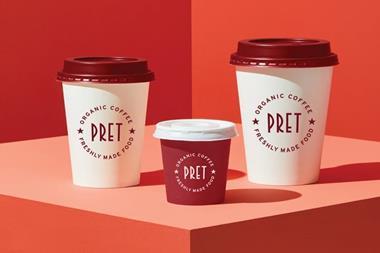
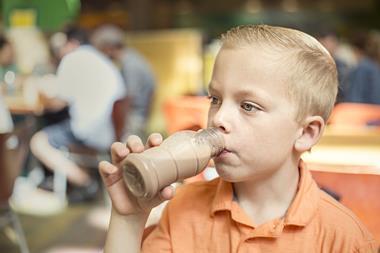
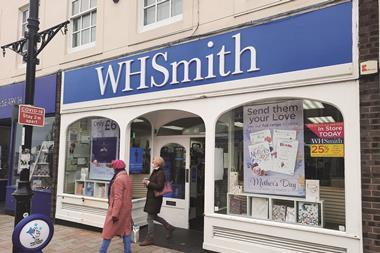
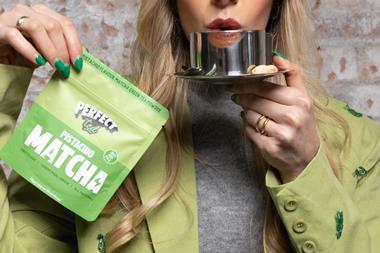

No comments yet